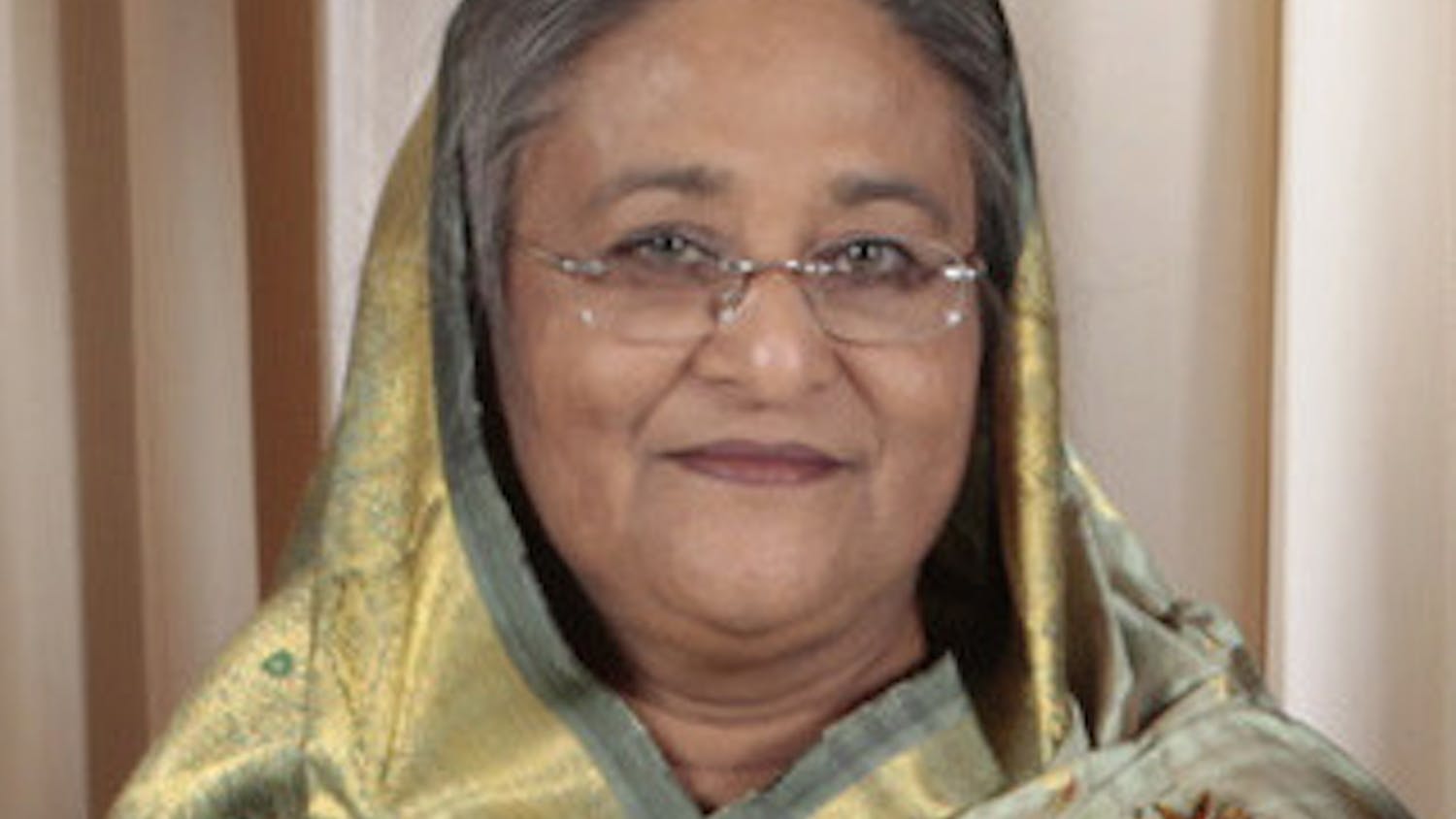By Lilly Ward
Staff Writer
A year after Mahsa Amini’s death, protesters in Iran are still chanting her name.
Her name has become synonymous with the slogan chanted by protestors, "Woman, Freedom, Life.” Since Amini’s death, her image has appeared emblazoned on the signs of protestors at rallies in Iran, and it is not just in Iran that her image is famous. In July, the artist Rodrigo Pradel, featured Amini in a mural in a Washington, D.C. alley. Characterized as shy and kind by relatives, Amini was from Saghez, a small city in a Kurdish province in northwest Iran.
In an interview with the New York Times, her uncle described Amini as an “innocent and ordinary young woman.” The head of Forensic Medicine of Tehran said Amini died from underlying medical issues, but her father denies those claims in an interview with the BBC, stating that she had been killed by the police. His belief was supported by an image of Amini in a coma in the hospital, suffering from injuries. Her death was a transgression that many Iranians could not forgive, resulting in a rise of anger towards the Islamic regime.
Just days after the one year anniversary of the death of a young Iranian woman, Mahsa Amini, Iran’s parliament has approved a new Hijab and Chasity Bill that delineates stricter punishments for failure to adhere to the Islamic dress code. Those with more than four violations of the dress code could face up to 10 years in prison. This bill mostly pertains to women, in wake of the year long protests sparked by 22 year old Amini’s death. Amini died while in custody of the morality police, on allegations of violating the hijab law. Her death resulted in a tidal wave of defiance from protesters in Iran who chanted Amini’s name and called for the end of the Islamic republic. In the months following Amini’s death, protestors refused to don head scarfs.
“By approving this bill, the Islamic Republic’s parliament has put a massive lock on the bodies of Iranian women,” Hossein Raeesi, an Iranian human rights lawyer, said in an interview with The Guardian. “Iran was already an open prison for the women of Iran, but now they’ve extended the brutality with which they will crack down on women by giving serious powers to those implementing it on the streets.”
According to the latest version of the legislation, the bill prohibits “revealing or tight clothing, or clothing that shows parts of the body lower than the neck or above the ankles or above the forearms” for women. For men, “revealing clothing that shows parts of the body lower than the chest or above the ankles, or shoulders,” is banned.
Failure to comply with these regulations will result in a number of financial penalties for hijab violations, which could result in prison time if found to be done in an organized manner and in contact with “foreign governments, networks, media, groups or organizations.” These restrictions appear to stem from an attempt to quell the continuing protests.
So far, in an attempt to squash dissent, security forces have arrested thousands and killed at least 500 protesters, including children and teenagers. Seven protesters have been executed, and relatives of demonstrators have been targeted..
On Tuesday, hundreds of protesters swarmed 47th Street and Second Avenue in New York just outside of the United Nations General Assembly, irate at the presence of Iranian President, Ebrahim Raisi, criticizing him for his record of human rights abuses. Protestors set up gruesome displays of the 1988 executions and photos of those killed during protests over the past few years.
The United States and its Western allies have also imposed sanctions on Iran over its abuse of human rights. According to Amnesty International, the Iranian government is responsible for “[firing] live ammunition, metal pellets and tear gas and subjected protesters to severe beatings. Thousands more sustained injuries for which many did not seek medical care due to fear of arrest.”
In his speech at the United Nations, Raisi dismissed concerns about the deterioration of women’s rights, its nuclear program and crackdown on criticism of the Islamic regime. Despite the government’s refusal to address its track record of brutality and silencing of voices of dissent, protesters refuse to back down.
“We want freedom. We want democracy,” said Alireza Jafarzadeh, deputy director of the Washington Office National Council of Resistance of Iran in an interview with CBS News. “We want a republic form of government based on separation of religion and state.”







